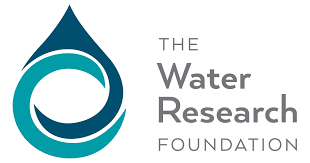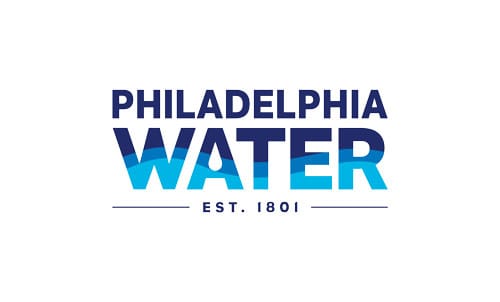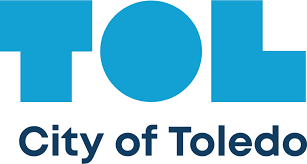Holistic Wet Weather Management through Adaptive Volume and Pollutant Source Control at a Community Scale: Finding the Sweet Spot
Utilities, municipalities, and counties are at a crossroads; not only must they face external stressors due to climate change (e.g. extreme events with increasing frequency and intensity), but they must also address aging infrastructure, population shifts (densification and shrinking cities), and additional pressure on networks already over-capacity. Adaptive management strategies for improving water management policies and practice based on past experiences is needed to appropriately account for such uncertainty. This project focuses on finding the balance (or the “sweet spot”) for how utilities select adaptive volume and pollutant source control best management practices (BMPs) for wet weather events using a holistic, or triple-bottom line approach. Strategies will be geospatially analyzed across EPA regions throughout the United States to provide a decision-support framework for utilities and impacted communities to explore options for wet weather management based on their local context and desired goals.
To accomplish this, the Water Center at Penn will be asking utilities about their experiences using a questionnaire and facilitating a virtual workshop for each of the three EPA regions. Questionnaires will ask general information about the utility and how it makes decisions - none of the questions will be about specific employees and specific answers will not be made publicly available. Utilities can withdraw from participation by contacting the project lead.
Project outcomes
- Guidance document with a decision support framework
- Interactive ESRI StoryMap
- Public outreach factsheets
- Academic peer-review journal article




